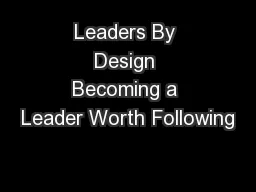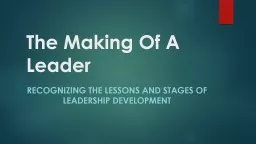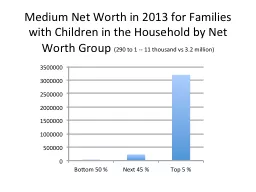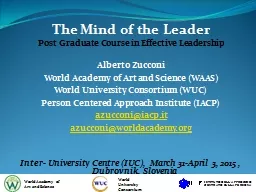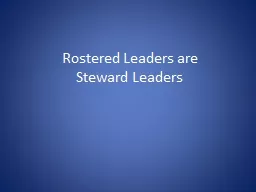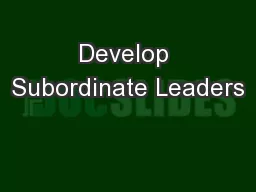PPT-Leaders By Design Becoming a Leader Worth Following
Author : medshair | Published Date : 2020-06-16
A Leader Worth Following Know Yourself to Lead Yourself Judgement Index MBTI amp 5 Voices Lead Yourself to Lead Your Organization Influence Grit amp Sinek Leaders
Presentation Embed Code
Download Presentation
Download Presentation The PPT/PDF document "Leaders By Design Becoming a Leader Wort..." is the property of its rightful owner. Permission is granted to download and print the materials on this website for personal, non-commercial use only, and to display it on your personal computer provided you do not modify the materials and that you retain all copyright notices contained in the materials. By downloading content from our website, you accept the terms of this agreement.
Leaders By Design Becoming a Leader Worth Following: Transcript
Download Rules Of Document
"Leaders By Design Becoming a Leader Worth Following"The content belongs to its owner. You may download and print it for personal use, without modification, and keep all copyright notices. By downloading, you agree to these terms.
Related Documents

